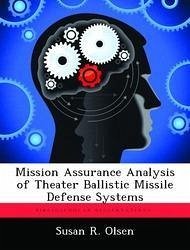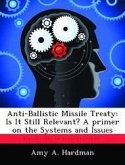In today's budget-constrained environment with aging equipment and rapid technology turnover, the commander's requirement to prioritize and justify funding requests has essentially become an exercise in mission assurance. This study addresses the TBMDS mission assurance problem generated from the complexity of the political, organizational and physical/architectural environments. The Mission-Oriented Success Analysis and Improvement Criteria (MOSAIC) management approach provides commanders a framework for mission assurance of TBMDS. This study specifically incorporates a discrete event simulation analysis and the Mission Assurance Analysis Protocol (MAAP) to identify the most effective improvement areas under the MOSAIC approach. At a high level of abstraction, analysis from a discrete event simulation of the TBMDS prioritized the component reliability from the most to least impactful as shooter/interceptor, C2 facility, Radar and Communication. The MAAP expanded success profiles simultaneously address multiple environmental factors, including reliability, for each key objective needed for the mission. At an equally high level of abstraction, these profiles identified that one key objective of the TBMDS can be achieved successfully and three key objectives had significant mission assurance gaps. With improvement areas and mission assurance gaps identified, commanders are equipped with the required information for funding requests and confidence in the success of their mission.







